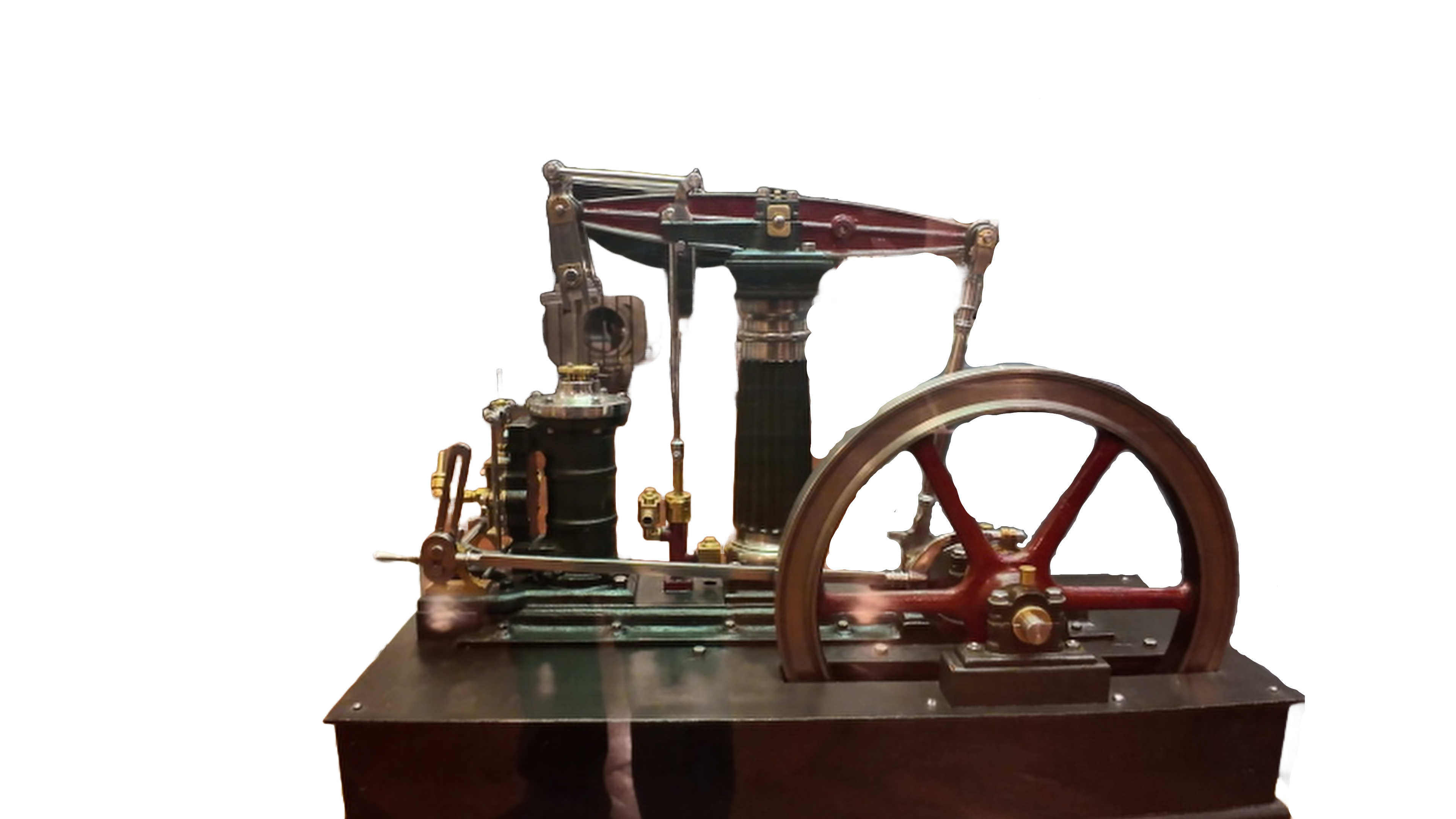
Need a steam engine at home?
Wonder what camera I use?
By using the Industrial Revolution store, you can buy Industrial Revolution-related models and equipment, and help out the Industrial Revolution Channel at the same time.